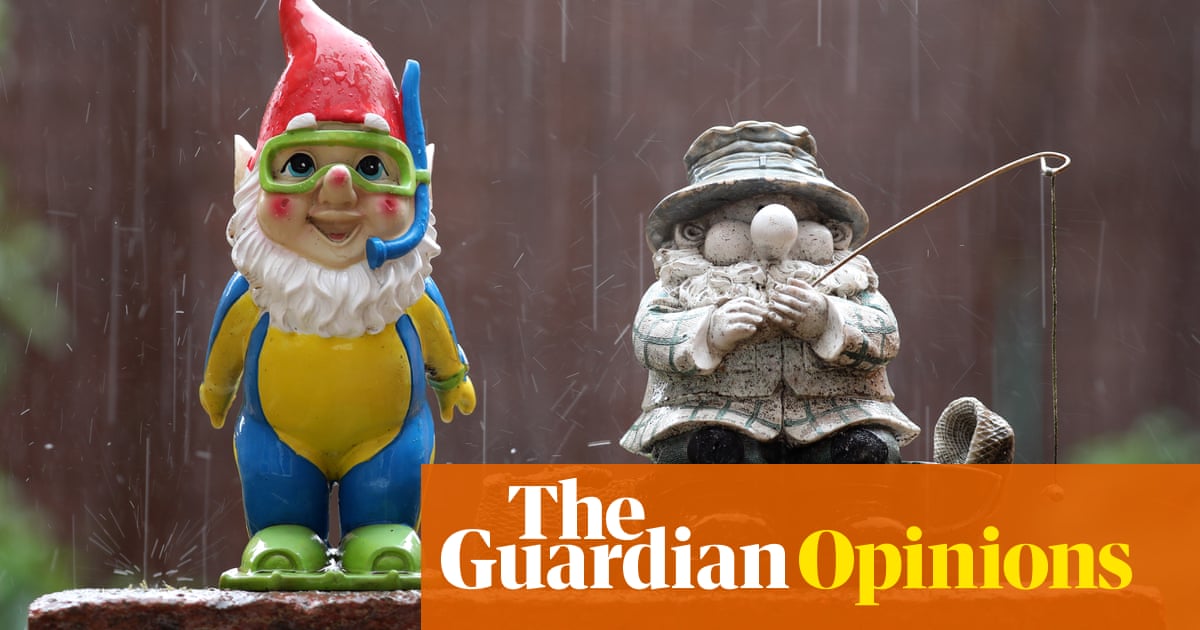There is a famous satirical tweet that goes something like: “Last night I asked my landlord to increase my rent. That’s how much I believe in my grind/hustle.” Well, last week, Chelsea asked one of their biggest rivals to take one of their best players for no fee, with no obligation to buy and with Chelsea still paying most of his wages. Clearly, Clearlake Capital’s belief in their grind/hustle has some way to run.
For all this, there are plenty of people out there who will tell you that Chelsea’s decision to play Raheem Sterling in all six of their pre-season fixtures, then decide to sell him, then fail to sell him, then pay him £200,000 a week to play for Arsenal, is a stroke of underrated genius, 4D strategising on a level the financially illiterate among us will never truly grasp. In which case, I have a luxury hotel for you to sell yourself.
But then part of the shtick of Chelsea’s new ownership is the idea that their approach represents a bold break with tradition, even a whole new way of thinking about the sport, and as such I was keen to absorb some of their methods into my own business practice. With this in mind I started investing in garden gnomes: a relatively low‑cost, low-maintenance investment that everybody seems to enjoy. At first I visited local garden centres buying up their stock, and when that avenue was exhausted I started going directly to people’s gardens, offering them premium fees for their existing gnomes, or perhaps borrowing their gnomes with a contractual obligation to purchase at a later date.
Of course, any rube can go out and buy a gnome. My vision was to seek out and nurture the gnomes that would furnish the gardens of the future. I would visit ceramics factories and buy gnomes straight out of the cast, before they had been painted or finished. Sometimes, I would buy the design blueprints on spec, or even unfinished gnome prototypes.
Occasionally, well-connected intermediaries would secure me highly prized international gnomes – for a sizeable transaction fee, of course – and while the quality was often erratic I comforted myself with the knowledge that if I did not snap these gnomes up my neighbours certainly would. Slowly the gnomes began to gather in my store cupboard, eventually spilling out into the guest bedroom, the hallway, the bathroom (I do not have a garden). Friends would ask if I was OK.
Before long I was in possession of Lambeth’s most extensive collection of unvarnished garden gnomes, at which point phase two of the master plan kicked in. Given their low overheads and years of untapped potential, I figured that in an artificially constricted market I would now be able to sell most of my gnomes for a handsome profit, while naturally reserving the very finest for my own personal use; namely, sitting alongside me on the sofa while I watched the Uefa Conference League.
Alas, this part of the endeavour proved somewhat tougher. Somehow word had got around the neighbourhood that I was desperate to offload hundreds of garden gnomes. Prospective buyers drove a hard bargain. Often I would end up giving away world‑class gnomes at heavily subsidised rates. The promised windfalls failed to materialise. Bills began to pile up on the kitchen table. All the while I was still buying gnomes at a ferocious rate, to the point where I was forced to buy a garden centre in France to showcase my excess stock. Time to get creative.
After all, I was still rich in sellable assets, even if cashflow was becoming an increasing problem. The fact that many of these assets were essential home-based items with high levels of emotional attachment simply rendered them, in accountancy terms, prime target. The bed and bedside tables, for example, could be banked as pure profit. So too my guitar, my collection of rare books and art, my furniture and bike. I decided to sell my car to myself and amortise the expense over nine years. I used my two children as security against a fresh debt‑restructuring facility. People began to point at me in the street.
There was ridicule, of course. There always is when you try something new. At times the criticism veered into the absurd: people would rail at the callous treatment of my gnomes, arguing that most of them would never even see a real garden. As if these were human beings with families and emotions and ambitions, rather than purely inanimate items of ceramic matter with theoretical resale value.
after newsletter promotion
Yet by the same token, as I sold off the last original “legacy” furnishings from my flat in order to make space for more gnomes, a strange thing happened. The fevered debate over my gnome investment strategy on the airwaves and social media gradually began to subsume any rational assessment of its success or failure. Sides were taken. Positions became entrenched. Camera crews pitched outside my flat on a daily basis to ask people what they thought. Journalists would ring me for quotes and I was pleasantly surprised to discover that most would publish pretty much anything I told them.
I write these words to you now from what used to be my living room. A casual observer might survey this scene, with its bare walls and the pile of red-tinged final notices and the literal thousands of garden gnomes, and identify a certain pathos. But maybe this is just what revolution looks like. People call it chaos. I call it content. People call it plain old asset-stripping. I call it visionary disruption. People ask me what the endgame is. I tell them simply to enjoy the journey.
-
Do you have an opinion on the issues raised in this article? If you would like to submit a response of up to 300 words by email to be considered for publication in our letters section, please click here.
